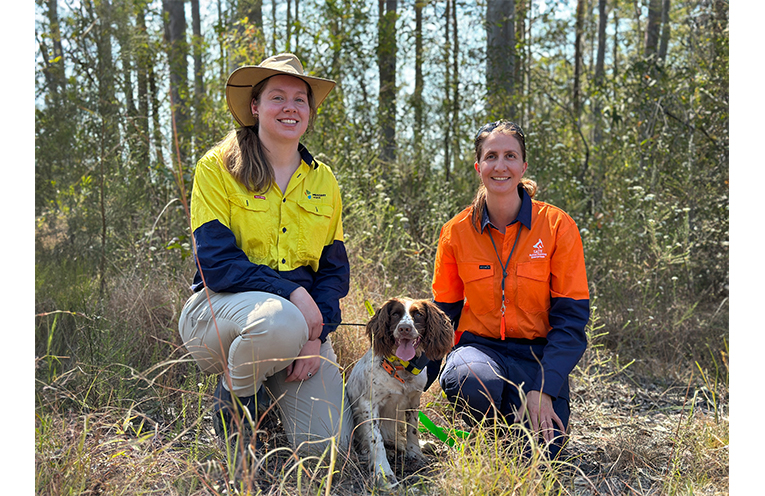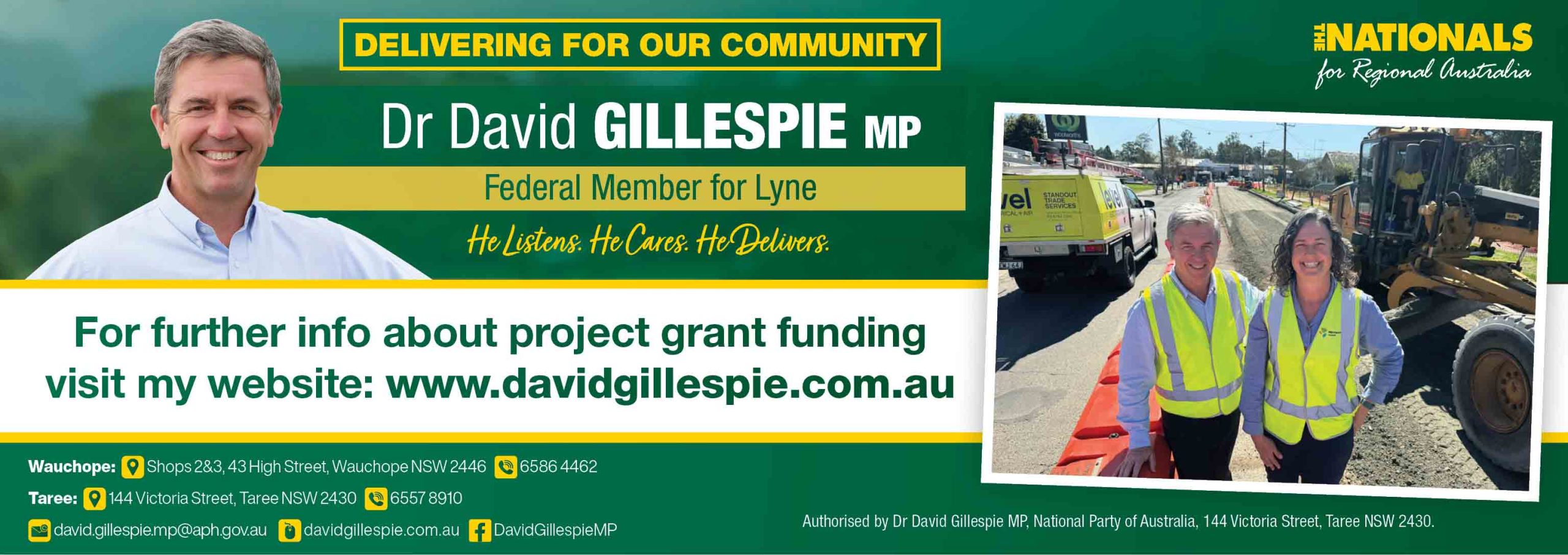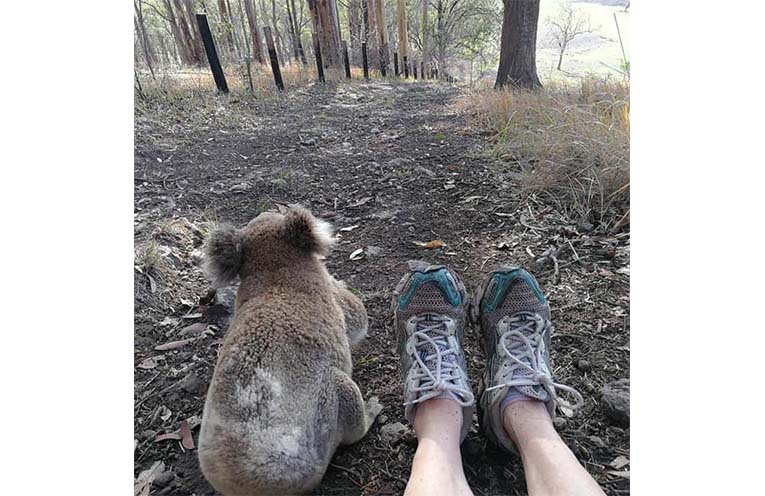
MIDCOAST Council is making a valuable contribution to the future of koalas in the region through its Koala Safe Space Program.
The Council, with the support of state and federal governments, is making a substantial investment in two key areas, knowledge gathering and habitat improvement.
 Advertise with News of The Area today.
Advertise with News of The Area today.It’s worth it for your business.
Message us.
Phone us – (02) 4981 8882.
Email us – media@newsofthearea.com.au
Knowing where koalas live, how abundant they are in different locations, and what their population trends are, is critical for good decision-making.
“Protecting ‘safe spaces’ must be at the forefront of koala conservation,” said MidCoast Senior Ecologist Mat Bell.
“Prioritising areas of high-density populations is critical.”
The MidCoast has some of the highest densities of koalas recorded anywhere in NSW.
But those populations vary considerably.
Near Tinonee, there are areas that have one koala for every two and half hectares of habitat.
Other areas have one koala per five to seven hectares of land.
These are considered high density populations.
However, areas considered high density 15 years ago, have dropped to low density.
Land to the north of Taree and urban Hawks Nest are two examples.
The cause of the decline in these areas is being investigated to avoid similar crashes in the future.
Sudden reductions in numbers seem to be under-pinned firstly by a clearing of habitat, with development, cars, dogs, disease and stress, all contributing factors.
“Restoring habitat is vital too, but investment in planting trees and removing priority weeds is unfolding in a landscape where too much habitat is still being lost,” Mr Bell said.
“A future for koalas needs to address the largest threat – the ongoing destruction of koala habitat.
“The Council has also been studying and learning more about koalas in the Gloucester area to make the case that koala conservation investment is valuable and effective.
“Local landholders have been assisting Council in these efforts, and local volunteers have been planting koala friendly trees.”
Council’s Koala Conservation Strategy can be found on its website.
Mr Bell also emphasises the importance of reporting koala sightings to the Council via its website or on the I-Spy App.
By John WATTS

